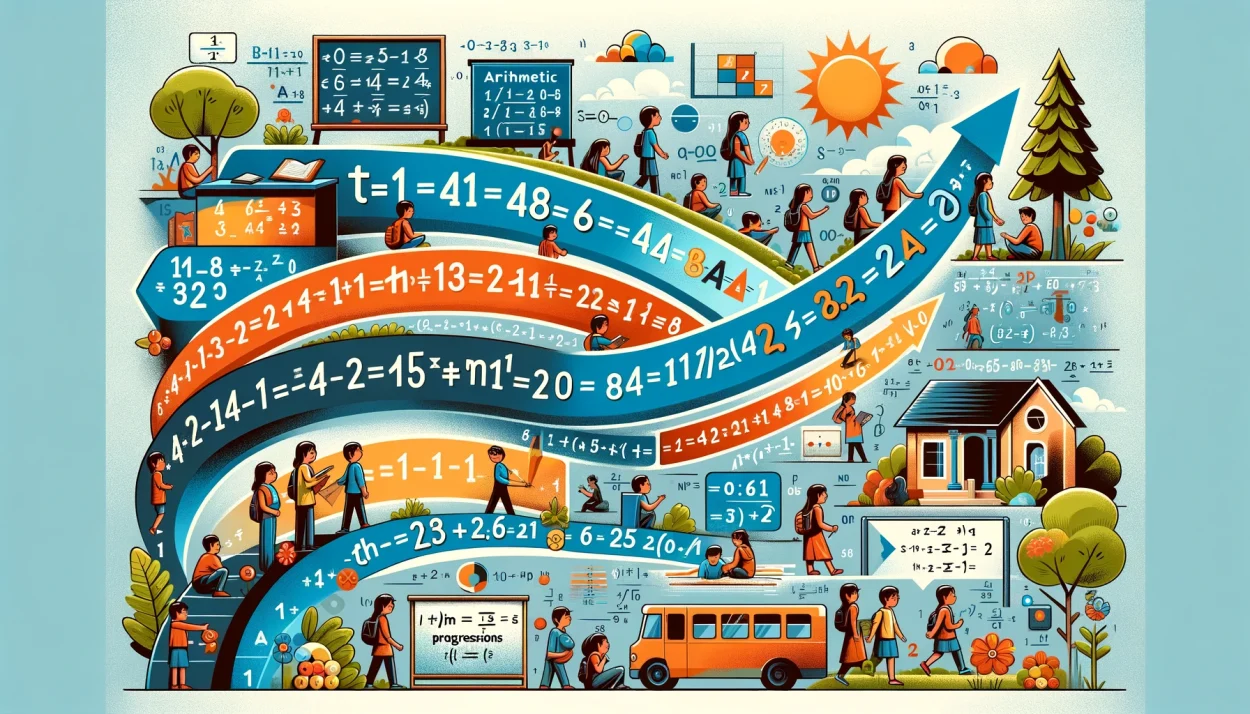
Unlocking the Patterns of Arithmetic Progressions: A Comprehensive Guide for Class 10 Students

Introduction:
Arithmetic Progressions (AP) are a fascinating aspect of mathematics that involves sequences of numbers where each term after the first is obtained by adding a constant, known as the common difference, to the preceding term. This concept is not only pivotal in understanding mathematical patterns but also has practical applications in various fields.
Understanding Arithmetic Progressions:
An arithmetic progression is a sequence of the form a, a+d, a+2d, a+3d, …, where ‘a’ represents the first term, ‘d’ is the common difference, and each term is obtained by adding ‘d’ to the previous term. The nth term of an AP can be calculated using the formula: (T_n = a + (n-1)d), where (T_n) is the nth term.
Key Concepts:
- Common Difference (d): The fixed number added to each term of an AP to obtain the next term.
- nth Term of an AP: The formula (T_n = a + (n-1)d) allows us to find any term in the sequence.
- Sum of the First n Terms (S_n): The sum of the first n terms of an AP can be calculated using the formula: (S_n = \frac{n}{2}[2a + (n-1)d]).
Applications in Real Life:
Arithmetic progressions are used in various real-life scenarios, such as calculating the total interest earned over a period, planning construction projects, scheduling regular maintenance, and in sports strategies.
Challenges and Tips for Mastering Arithmetic Progressions:
Understanding AP requires practice and a good grasp of algebra. Here are some tips:
- Practice by identifying APs in daily life and calculating their sums and specific terms.
- Use the formulas for the nth term and the sum of n terms to solve problems efficiently.
- Explore how changes in the common difference affect the progression.
Conclusion:
Arithmetic Progressions are an integral part of the Class 10 mathematics curriculum, offering insights into the beauty of numerical patterns and their significance in various practical situations. Mastering AP not only enhances mathematical reasoning but also prepares students for more complex concepts in higher mathematics.